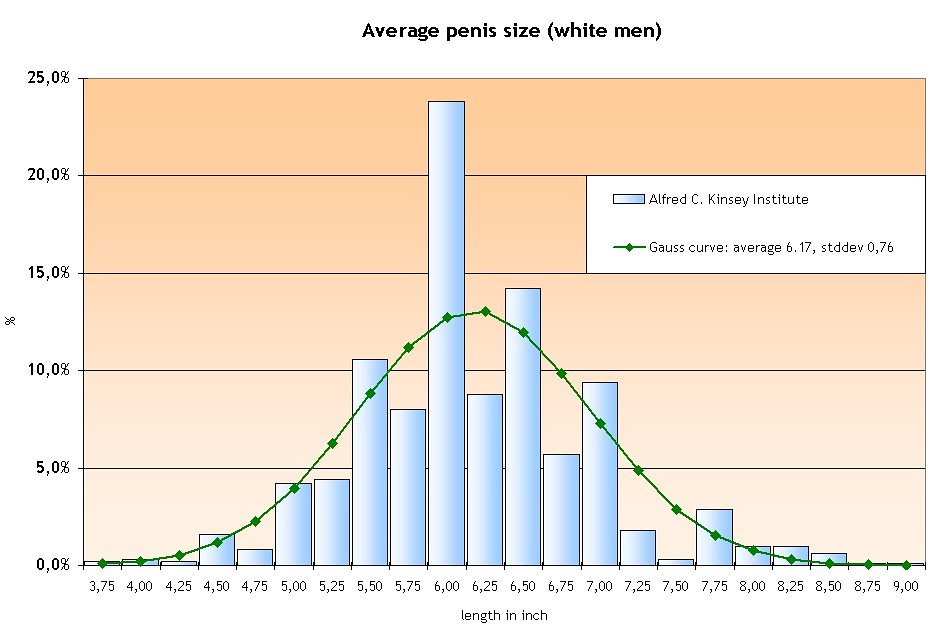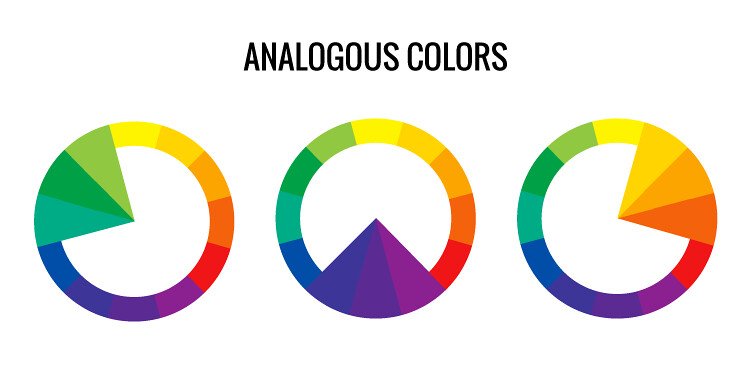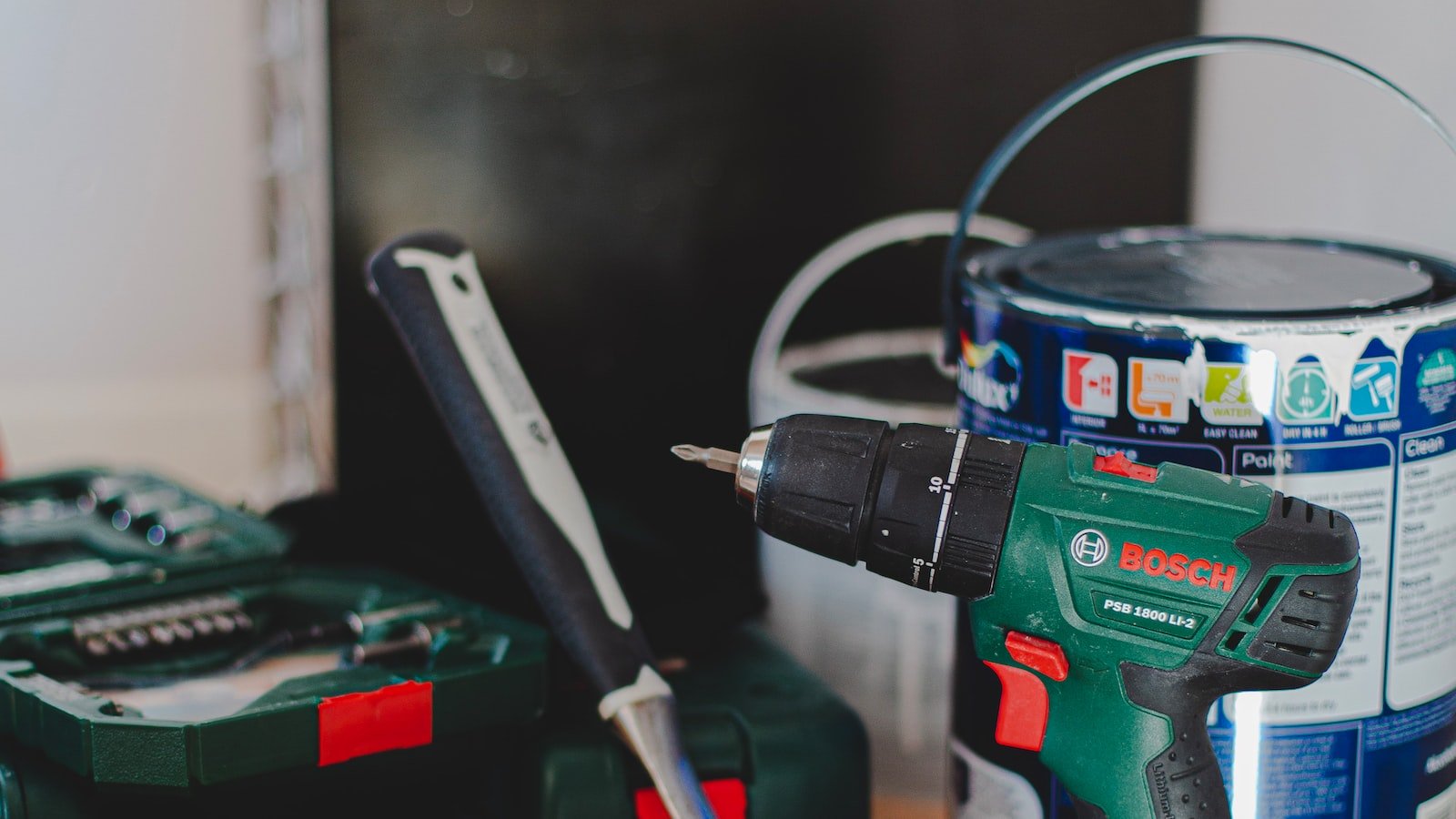In a world that often seems obsessed with achieving perfection, it’s no wonder that the pursuit of physical enhancements has become an enduring phenomenon. Whether we admit it or not, we all desire to feel confident and embrace our unique attributes with subtle finesse. And when it comes to size – be it height, curves, or features – the art of understanding, appreciating, and enhancing what we have is a delicate journey that only few have mastered. Welcome to a captivating exploration of “The Art of Size: Unveiling Secrets for Subtle Enhancements” – where we delve into the secrets behind achieving that elusive balance between self-acceptance and fine-tuning our physical presence, all while embracing the beauty in our individual proportions. In this article, we will embark on an intriguing voyage, uncovering the hidden gems and timeless wisdom passed down through generations, revealing the enchanting possibilities that lie within the artistry of size. So, if you have ever wondered how to master the subtle enhancements that will leave the world in awe of your natural beauty, join us as we explore this enchanting realm where embracing our uniqueness is an art form worth celebrating.
Table of Contents
- 1. Mastering the Illusion: Secrets behind Size-enhancing Techniques in Art
- 2. From Perspective to Proportion: Unveiling the Mathematics of Subtle Enhancements
- 3. Choosing the Palette: Strategic Use of Colors to Create Optical Size Illusions
- 4. Tools of the Trade: Techniques and Materials for Subtle Enhancements in Art
- Q&A
- Future Outlook

1. Mastering the Illusion: Secrets behind Size-enhancing Techniques in Art
Discover the captivating realm of size-enhancing techniques in art as we delve into the secrets behind this clever illusion. Artists throughout history have employed various methods to create the illusion of a larger scale, mesmerizing viewers with their magnificent creations. Through the mastery of perspective, proportion manipulation, and optical tricks, these talented artists have seamlessly transformed their smaller works into grand masterpieces.
One such technique used to enhance size is the skillful implementation of foreshortening. By distorting the proportions of an object, artists are able to create a sense of depth and make it appear as though the object is extending towards or receding from the viewer. This technique not only adds a three-dimensional aspect to the artwork but also imparts a sense of grandiosity and grandeur.
Another fascinating method employed by artists is the use of oversized elements within a composition. By incorporating oversized objects or figures strategically, artists create a stark contrast, emphasizing their magnitude and allure. The juxtaposition of these larger-than-life aspects with the rest of the composition draws attention and enhances the perceived scale of the artwork.

2. From Perspective to Proportion: Unveiling the Mathematics of Subtle Enhancements
Welcome to a world where artistic precision meets mathematical elegance! In this captivating journey, we embark on unraveling the secrets behind captivating visual enhancements, all through the lens of proportional mathematics. Brace yourself to witness the synergy between artists and mathematicians, as we explore how the delicate balance of proportions can elevate an artwork to new heights.
Delve into the realm of perspective, where angles and depth intertwine to create optical illusions that mesmerize our senses. Discover how the application of proportional reasoning allows artists to manipulate dimensions, guiding our eyes towards specific focal points with exquisite accuracy. Uncover the hidden mathematics within vanishing points, foreshortening, and horizon lines that artfully deceive our perception, adding depth and realism to a two-dimensional canvas.
- Explore the concept of the Golden Ratio, a remarkable mathematical tool that artists have employed for centuries to achieve aesthetically pleasing compositions.
- Unleash the power of perspective grid systems, where lines converge to create a structured framework for creating harmonious and accurate portrayals of three-dimensional space.
- Witness how artists use the Rule of Thirds to create visually balanced and engaging compositions that capture our attention and evoke an emotional response.
Prepare to be captivated as we uncover the underlying mathematics behind these subtle enhancements. By shining a light on the often unseen connections between art and mathematics, we aim to deepen our appreciation for the intricate beauty that lies within artwork, turning something subjective into an intriguing world of objective principles.

3. Choosing the Palette: Strategic Use of Colors to Create Optical Size Illusions
Colors have an extraordinary power to deceive the eyes and create illusions of size. By thoughtfully selecting a color palette, you can cleverly manipulate perception and create optical illusions that trick the viewer into perceiving objects as larger or smaller than they actually are. Here are some powerful tactics to consider when choosing colors:
- Contrasting Shades: One of the most effective techniques is to use contrasting shades to create a sense of depth and dimension. Pairing light and dark colors can create a stark contrast that makes objects appear larger or smaller. This illusion can be particularly impactful when used on borders or edges of objects.
- Warm vs. Cool Colors: Warm colors tend to advance, while cool colors typically recede. This simple yet powerful concept can significantly influence the perceived size of objects. Incorporating warm colors in the foreground and cooler colors in the background can make objects appear closer and larger, while the reverse can create a sense of distance and smaller scale.
- Color Intensity: Intensity refers to the brightness or dullness of a color. Using highly saturated or bold colors can pull objects visually towards the foreground, making them appear larger. Conversely, desaturated or muted colors can push objects into the background, making them seem smaller. Play around with color intensity to achieve your desired optical size effect.
With a well-crafted color palette, you can wield the power of optical size illusions to your advantage. Remember, color perception is subjective, so experiment with different combinations and observe the impact they have on the perceived sizes of objects. Use contrasting shades, warm vs. cool colors, and varying color intensities to trick the eye and create visually captivating experiences.

4. Tools of the Trade: Techniques and Materials for Subtle Enhancements in Art
Every artist knows the magic lies in the details. Whether you are a beginner or a seasoned professional, mastering the art of subtle enhancements can take your creations to a whole new level. In this section, we will explore a variety of tools and techniques that can help you achieve those captivating finishing touches.
1. Precision Brushes: These fine-tipped brushes are a must-have for artists looking to add delicate details to their artwork. With their precise control, you can effortlessly create intricate patterns, fine lines, and textures.
2. Pastel Pencils: These versatile tools bridge the gap between drawing and painting, allowing you to add soft layers of color and depth to your artwork. Their smooth texture and easy blending make them ideal for creating subtle shadows and highlights.
3. Gilding Materials: Elevate your artwork with a touch of luxury using gilding materials such as gold leaf or metallic foils. Apply these embellishments strategically to bring dazzling accents to your paintings or sculptures.
Future Outlook
In a world that seems constantly fixated on bigger and bolder, it’s easy to overlook the profound beauty that lies within subtlety. The art of size, as we have come to discover, is a delicate dance between the grand and the minuscule, the sheer power hidden within the petite. It is an art form that demands our attention and rewards us with a newfound appreciation for the intricate details that have the power to evoke emotions and stir our souls.
Throughout this journey into the realm of subtle enhancements, we have explored the hidden wisdom within the strokes of a painter’s brush and traced the meticulous craftsmanship of a sculptor’s hands. From the enchanting intricacies of a miniature painting, where each stroke tells a story, to the mesmerizing details etched into a delicate piece of jewelry, we have witnessed firsthand the ability of size to captivate our imagination.
Yet, let us not be mistaken – the art of size is not limited to the physical dimensions alone. It extends far beyond what the eye can perceive, delving into the realm of emotions, perceptions, and the intangible. How often have we been moved by a whispered word, a gentle touch, or an understated act of kindness? These small gestures possess an inherent power, reminding us that size has little relevance when it comes to leaving an indelible mark on the tapestry of human connections.
In our quest for constant advancement, let us remember that bigger doesn’t always mean better. The art of size reminds us of the subtle allure that lies beneath the surface, urging us to seek beauty and meaning in the little things. It challenges us to embrace the quiet brilliance found in understatement and appreciate the profound impact it can have on our lives.
So, as we conclude this exploration into the art of size, may we walk away with newfound admiration for the subtleties that breathe life into our existence. Let us not overlook the extraordinary in the ordinary or dismiss the power of a seemingly insignificant encounter. For it is within these intricacies, these subtle enhancements, that life’s true masterpieces are born.










